Columns
Reigniting the era of gunpowder
China can counter its 'global security threat' image by collaborating on tech and AI with peripheral nations.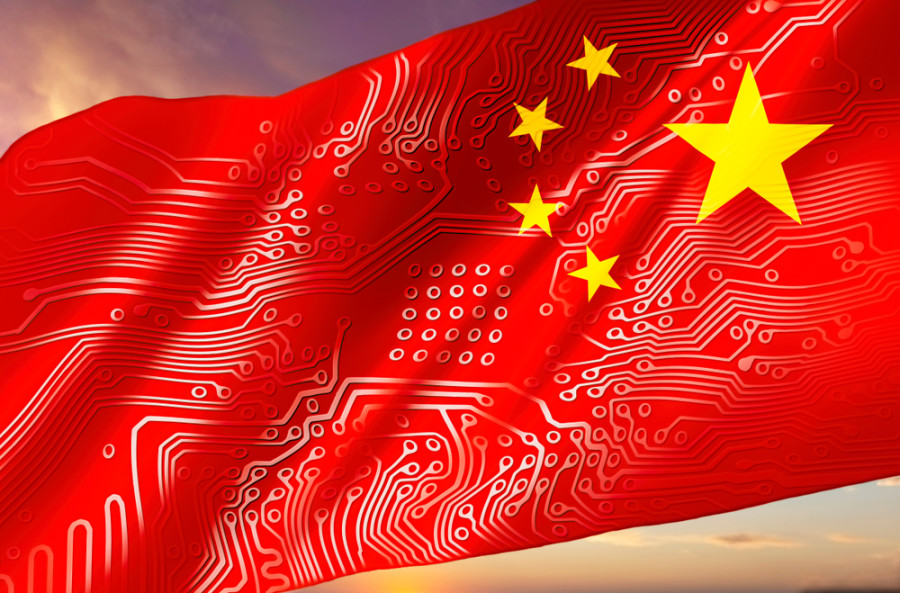
Hindu Sanskriti Karki
The Chinese military strategists introduced the era of gunpowder during the Tang dynasty in the 900s. The Song dynasty later utilised this lethal innovation to develop early military technology like rockets, cannons, bombs and mines for siege warfare. Despite these early advances, China had to survive the “era of great humiliation” during the Opium War of 1839-42. There have been many explanations for this. Some experts, like Tonio Andrade, argue that China’s military weakened after 1760 during the Qing dynasty. Even though the country was once a leader in military technology, it failed to use these innovations strategically and lost its military credibility. Could this explain China’s current focus on automated military technologies for ground, sea, air and space operations?
The gladiator in the Colosseum
China is working to rejuvenate its credentials, as seen in its nearly 7.2 percent increase in defense spending in 2024. Just behind the United States, Beijing’s defense spending maintains a steady rate of around 2 percent of the GDP. Interestingly, its defense budget does not include the costs of advanced technologies like quantum computing, artificial intelligence (AI) and biotechnology that contribute towards broader military developments. If these costs are included, perhaps China’s military spending could close the gap with the US.
While China’s spending doesn’t match the US’s, it has flummoxed the superpower. The concern is evident in the reports published by the US Department of Defense and the Office of the Director of National Intelligence that largely speak of the “China Threat”. Despite the asymmetry, it is China’s rapid technological advancements, particularly in electronics, manufacturing and military technology at lower cost, limited resources and limited period that make it the most formidable opponent in the modern “Colosseum.” Therefore, it is not surprising for the “China” jingle to take over the headlines, much like the Soviet Union did in the 1960s and Japan in the 1980s, as the focus of global security concerns.
In 2024, China launched the “AI Plus” (AI+) initiative to improve military-civilian integration and strengthen systems like Command, Control, Communications, Computers, Intelligence, Surveillance and connaissance (C4SIR) and positioning, navigation and timing (PNT). The initiative was intended to modernise its military by making the domestic AI market competitive. Globally, China is expanding by partnering with research centres and aligning with the BRICS framework. Meanwhile, Moscow, facing US sanctions on technology, has turned to China for AI collaboration. In response, the US added the Chinese startup Zhipu AI, which secured funding from Saudi Arabia to its Entity List, limiting its access to advanced semiconductors for fear that they might be used to create advanced weaponry and surveillance tools for the PLA.
So, is the US reacting to an actual threat or sending a message to Riyadh about the potential defense pact with China? The constant amplification of China’s technological progress as a major threat suggests that Chinese innovations have become a challenge for US technological leadership.
Arming for the battlefield
Despite US export controls on semiconductors, China recently launched its homegrown AI model, ‘DeepSeek R1,’ challenging US tech giants like Nvidia and OpenAI. China is now the second-largest contributor to large AI language models after the US, and its ability to produce similar models at a lower cost makes its AI market increasingly appealing. Ironically, sanctions on semiconductor supplies have driven China to accelerate its domestic innovations.
AI’s impact also extends to space. The Space Race of the 1950s and 1960s has revived with new actors composed of sophisticated technologies. The US outnumbers the rest of the world with the Starlink constellation, which includes over 6,500 satellites. This supremacy gives it an advantage to mobilise the space assets at its behest, particularly in areas like Taiwan. In response, China is also preparing to establish itself as a key player in space exploration. In early 2025, China’s Galactic Energy launched the CERES-1 carrier rocket with five satellites, adding to the 628 satellites. Moreover, China has announced that it will ramp up its efforts with the Qianfan mega constellation (G60) to deploy 15,000 satellites by 2030.
The other transformative technology which has technically positioned China at the centre of the US threat matrix is the 5G technology. With heavy subsidies from the Ministry of Industry and Information Technology, it aims to build 4.5 million 5G base stations. Additionally, China has created the world’s first military-grade 5G mobile base station, enabling manned-unmanned teaming (MUMT) swarm formations in the air, on land, in space, at sea and in rugged terrain. Also, this cutting-edge technology allows China to station unmanned reconnaissance and strike drones, robot dogs and other autonomous combat soldiers in the battleground. Already, the deployment of the rifle-armed electronic canines during the China-Cambodia joint exercise disclosed its intention to replace human soldiers with a massive robotic force. Making such a breakthrough has turned dystopian warfare into reality, sending shockwaves to the Pentagon.
The bettors
Military positioning, navigation and timing services are no longer limited to ground operations. Stronger control over space makes deterrence sustainable in modern, technology-driven warfare. Soft-kill counter-space tactics, such as electromagnetic interference, are gaining importance over hard-kill tactics as they avoid political escalation and minimise the risks of uncontrollable outcomes. The global push to develop AI-driven military technologies demonstrates that future conflicts may depend on controlling machines with expert human oversight rather than large numbers of soldiers.
The Hamas-Israel war, Iran-Israel war and the Russia-Ukraine war—all serve as potential evidence of the new kind of machine warfare emerging. Instigated by this reality, countries outside the global power centres, as described by the American sociologist and economic historian Immanuel Wallerstein, are increasingly interested in modern military technology and AI. However, limited by structural constraints, peripheral nations can only seek meaningful collaboration in the AI and technological sectors with China. China must reciprocate this quest to avoid the ‘threat of powerlessness’ among its peripheral states. China can only counter its current branding as a ‘global security threat’ in the international media by engaging them.
In this context, small powers like Nepal can be engaged to be a part of China’s excellence in AI and technology development. Nepal, for example, often debates the relevance of its military without acknowledging its immense potential to serve as the croupier in the Colosseum. Unfortunately, the leadership finds comfort in manipulating the victim’s identity and savouring insignificant personal gain. If only Nepal could resort to strategic bargaining to reconceptualise this identity, it could play a tactical role in broader regional and global security.
The deep interest of the major powers like the US, China and India in Nepal is an open secret. In this pretext, it can leverage its neutral status and geographical location to facilitate technology transfer and knowledge sharing and offer a transit hub for military partnerships. Besides growing trade and transit and people connectivity with China, Nepal can also bid to host key technological infrastructure like communication stations and data centres. Besides, it can become the hub of research and development in AI, biotechnology, or defense in the region by collaborating with major Chinese companies.
Breaking the chrysalis to establish itself as a security nucleus to lure global investments shouldn’t be a herculean task for Nepal. If meticulously materialised, the country can reshape its role in the multipolar world defined by the struggle for power over technology. Interestingly, the world's resources have changed the course from feeding the idea of development to science, technology, engineering and mathematics (STEM). Nepal should also revamp itself to suit the global demand. This mirrors King Birendra’s 1996 proposal to President Jiang Zemin to explore Nepal’s access to China’s commercial satellite network. Now that the US is questioning its support through USAID, Nepal needs to reassess its goals and seek strategic partnerships in areas beyond development with foreign powers.




 9.12°C Kathmandu
9.12°C Kathmandu
.jpg&w=200&height=120)
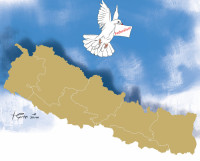




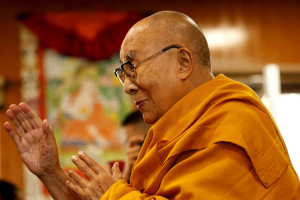
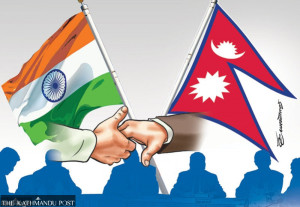


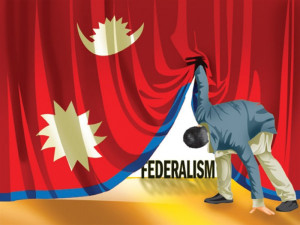


%20(1).jpg&w=300&height=200)

